Shosha cucumbers - characteristics and description of the variety
An early ripe hybrid of Shosha cucumber f1, intended for indoor use, was included in the State Register in 2018. The seed producer, Partner, has been distributing seeds for several years, so gardeners are interested in the promising plant.
Description and characteristics
The hybrid has a developed root system. The scourge is well leafy, long, grows up to 1.7–2 m, forms lateral shoots. The leaves are large. The internodes are short. The flowers of parthenocarpic (not requiring pollination) cucumber are female. In the node, 1-3 even fruits are formed.
In the phase of technical maturity, the fruits of Shosha cucumbers reach 8–11 cm in length, 2.5–3.5 cm in diameter. The mass is different: 40–80 g. Zelentsy are also harvested at the stage of gherkins. The skin of the fruit is dark green, pimply, with medium-sized tubercles, rough to the touch. You can see subtle, lighter longitudinal stripes. Slight pubescence is present. Juicy flesh of cucumbers is dense, crispy, without voids. The seeds are not felt when eaten. The taste is refreshing, soft and pleasant.
Cucumbers are harvested on the 37-45th day of plant development. The Shosha variety is suitable for growing not only in greenhouses, but also in gardens or balconies, it pleases with a high yield. On packages with seeds, the manufacturer indicates that from 1 m2 greenhouses, subject to agricultural technology, collect from 12 to 18 kg of hybrid fruits. The reviews also indicate that one plant gives more than 2 kg of yield. Shosha cucumbers bear fruit for a long time - from June to early August. Zelentsy can be kept fresh for about 12 days if they are kept in a cool dark place. The fruits of the hybrid are in the salad direction, but are suitable for various preparations.
The plant resists a number of diseases inherent in the species: powdery mildew, target spot, vein yellowing virus, cucumber mosaic.
When picking cucumbers, the stalk is cut as close to the whip as possible.
Hybrid benefits
According to the description and characteristics of the Shosha cucumber, the high-yielding variety is suitable for growing in areas with a short warm season. Its clear advantages:
- good commodity performance;
- excellent productivity;
- early ripening and extended fruiting;
- universality of appointment;
- resistance to common fungal and viral diseases.
The unpretentious cucumber has almost no flaws. Although some gardeners refer to them as follows:
- the impossibility of self-collection of seeds, since the seedlings grown from the fruits of the hybrid do not repeat the qualities of the mother plant;
- the high price of seeds from the company that produces them.
Growing
Planting and caring for Shosha hybrid cucumbers is carried out according to the usual algorithm.
Landing
For a greenhouse and a vegetable garden, it is better to sow cucumber seeds for seedlings ourselves in the second half of April. Only in the southern regions are seeds sown directly on the site when the soil warms up to 16 °C. More often they buy a ready-made substrate in a store, put it in separate cups and deepen the cucumber grains by 2 cm. The seeds of the hybrids are sold processed. They can be stimulated with one of the many modern drugs, and then planted already germinated.
Seedlings of cucumbers provide warmth, illuminate if the weather is cloudy. The sprouts are watered sparingly, but they also make sure that the soil does not dry out. When watering seedlings or adult plants, they try to direct a stream of water from a watering can to the area under the root, without splashing on the stem and leaves. Transferred to the greenhouse at the age of 25-28 days, when the plant forms 4 true leaves. No more than three Shosha cucumber bushes are placed per 1 square meter with an interval of 50 cm.They dig spacious holes to fit the entire clod of earth from the pot. Transfer the seedlings carefully - the root system of the cucumbers is tender and does not suffer damage. Watered only after a few days.
If cucumbers in the middle climatic zone are planted in the garden at the end of May, after waiting for well-warmed soil, they provide shelter in case of cool weather. They choose a site for this culture that is illuminated by the sun all day. In partial shade, the yield is significantly reduced, since the variety is light-requiring.
Flowers and lateral lashes are removed from the beginning of plant development in a segment from the root up to 50 cm in length so that the bush gets stronger.
Care
Cucumbers are always watered only with warm water (not lower than 22 ° C), which is in a container in a greenhouse or heated in a garden under the sun. The best time is evening. The soil should be moderately moist. The volume of watering is increased in the phase of flowering and the appearance of ovaries. After watering, the greenhouse is ventilated, controlling the percentage of humidity. In the morning, the soil is loosened, weeds are pulled out. Scourges are tied to supports as they grow.
They are fed with complex fertilizers for cucumbers according to the instructions. Foliar dressing is carried out. More often they form a plant in one lash. Side shoots that come out of the sinuses pinch, and leave the ovaries.
Reviews
Shosha's hybrid is very productive. In the greenhouse, we fertilize the plants with mullein and weed infusion 2-3 times. This is usually enough for a good collection.
Olga
He grew a hybrid Shosh, was satisfied. I trust more balanced fertilizers, and I use them. We collect more than 2 kg of even, identical fruits from one bush. Fresh produce is quickly bought in the market.
Sergei
The cucumbers in the first year were good. We tried to save money, left seeds, but unsuccessfully. Knew the hybrid doesn't repeat itself. We'll have to buy, we liked the yield.
Victor Alekseevich
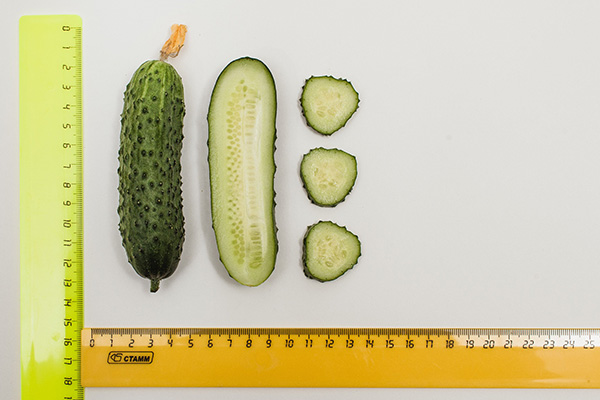
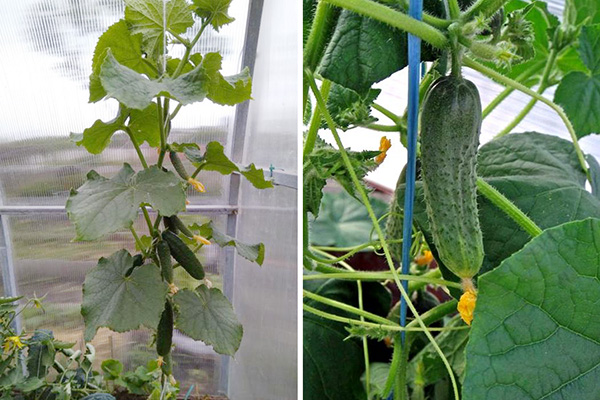
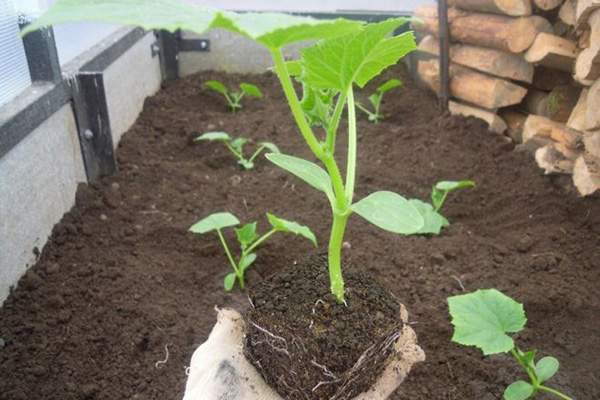
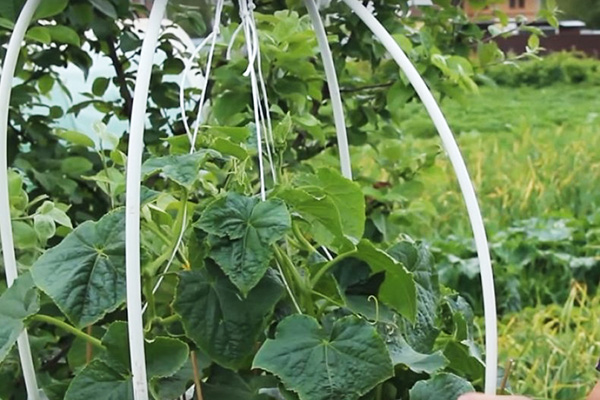
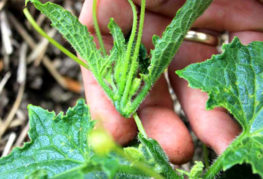
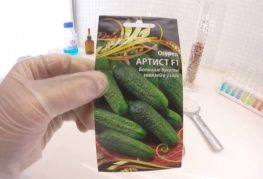

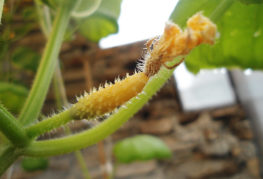
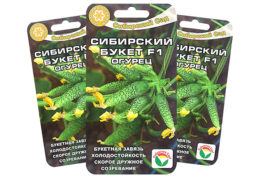
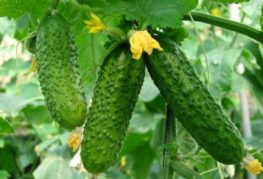
and will be published shortly.